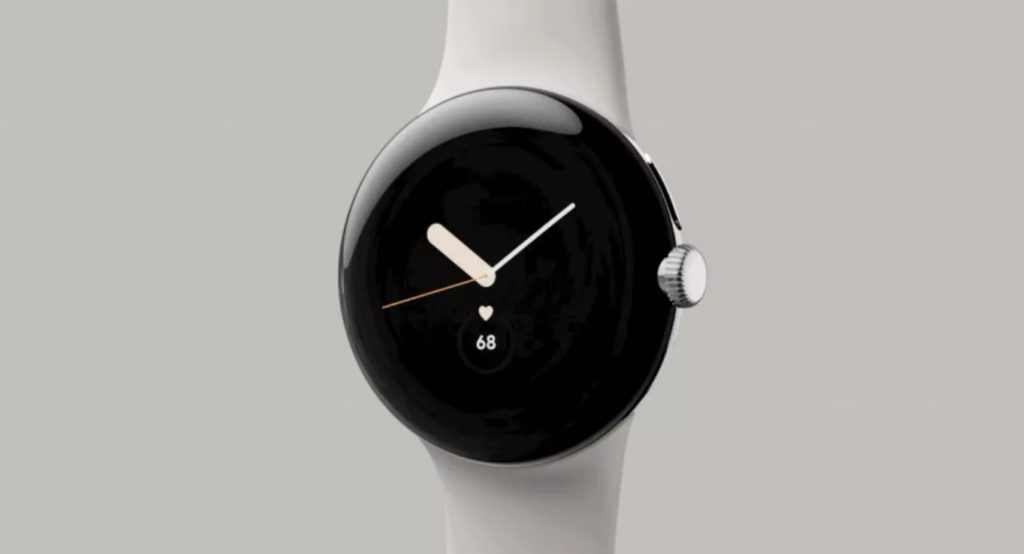
If there’s one issue that still plagues the best smartwatches, it’s that their battery lifespans that can be measured in hours rather than days. Given its use of the power-hungry Wear OS platform and a reported 300mAh battery, we didn’t have hugely high hopes for the upcoming Google Pixel Watch on that score, and a new app teardown from 9to5Google(opens in new tab) seems to suggest these concerns are well founded.
The insights come from the latest build of the Fitbit app, which may seem like an odd place to get intel on the Pixel Watch until you remember that Google announced the $2.1bn purchase of Fitbit for $2.1bn back in 2019. The acquisition completed last year, and we know there are plans for Fitbit software integration with the upcoming wearable, even if the watch itself is being built by Google’s Pixel hardware group.
Anyway, version 3.65 of the app includes some text that specifically references the Pixel Watch, and it strongly implies that the battery will last for 24 hours at most. “Get a notification before your bedtime goal if your Pixel Watch battery is too low to track a night’s sleep,” one bit of text says.
This in itself could mean pretty much anything, but elsewhere the app recommends your wearable be charged to at least 30% before turning in. That suggests that a third-full battery is enough to support eight hours of heart-rate tracking, which in turn makes us think that the Pixel Watch will only be good for at most 24 hours on a full battery.
Yes, that should scale up to over 26 hours of heart-rate analysis on a full charge, but that doesn’t factor in the other battery drain you get when you’re awake, like screen use, notifications and exercise tracking, which all take their toll.
Is that a problem? It doesn’t have to be. The best selling Apple Watch series has never offered more than 18 hours of battery life, though it’s only offered sleep tracking in recent years, meaning that most people would charge it while in bed. This could also be remedied in the rumored Apple Watch Pro, which will likely have a much larger battery installed.
But given the Apple Watch only works with iOS, perhaps Google should be more concerned with wearables aimed squarely at Android, and the biggest of these is Samsung’s Galaxy Watch 5 which launched last week.
Notably, Samsung has decided that the battery life of the Samsung Galaxy Watch 4 — which we found struggled to last the day — wasn’t sufficient for Wear OS, and has given the latest models a sizable upgrade: 284mAh, 410mAh or a massive 590mAh depending on which size and model you buy. That’s up from 247mAh to 361mAh on the previous generation.
Maybe Google has got some special secret sauce to prolong the battery life — there are certainly advantages to making both the hardware and software, after all. But if not, we may see a future Pixel Watch 2 taking a leaf out of Samsung’s book and upping the battery capacity considerably, should a sequel be justified.





























